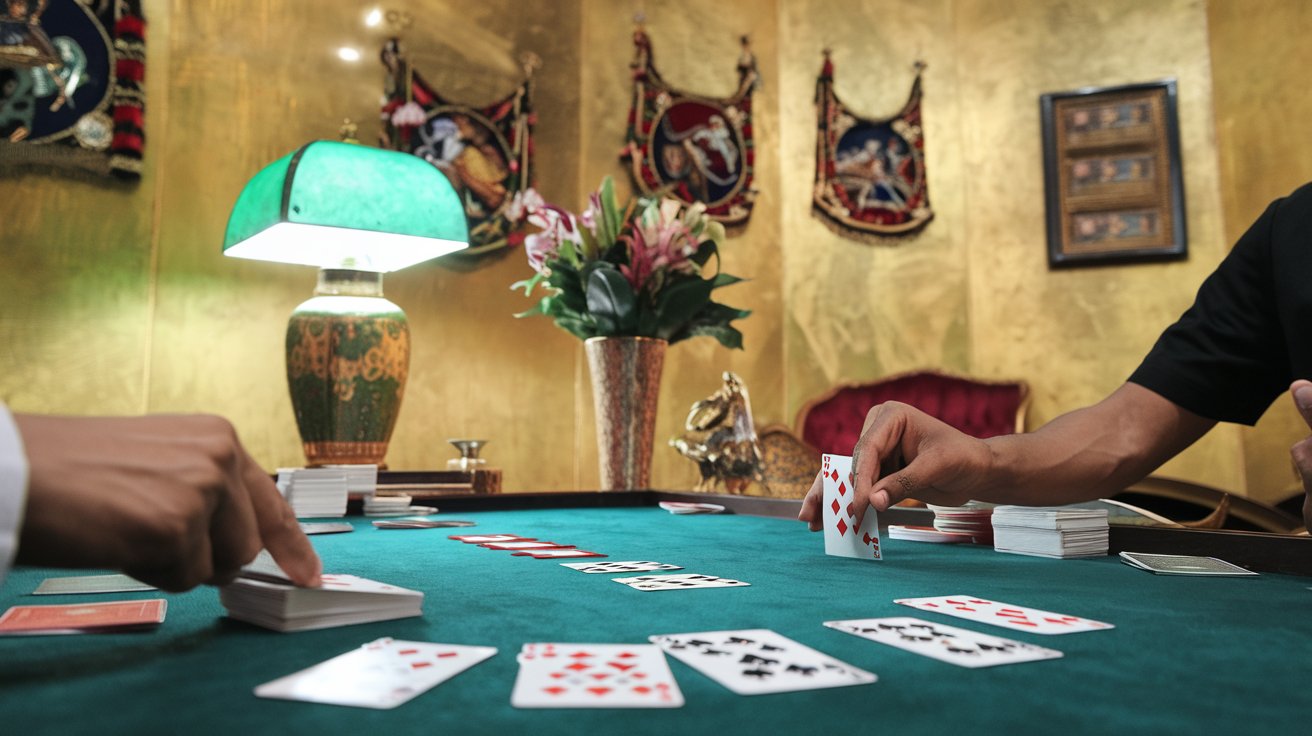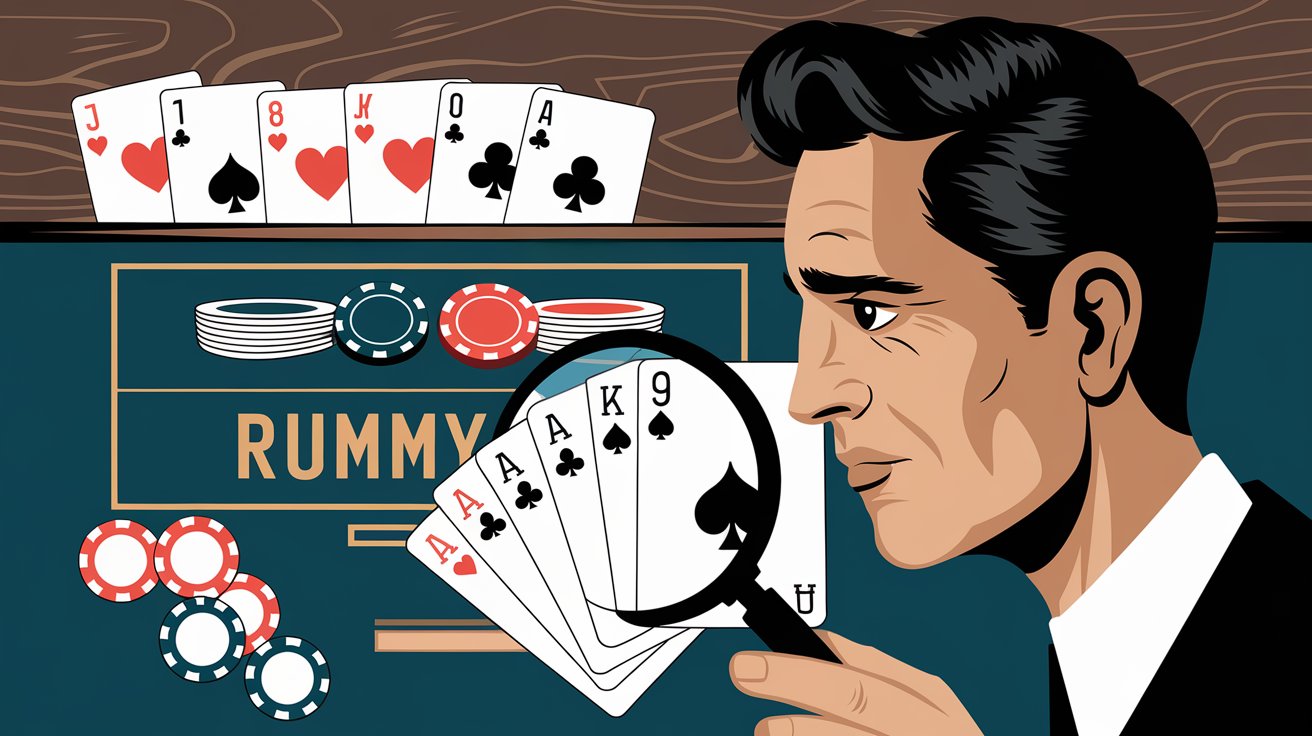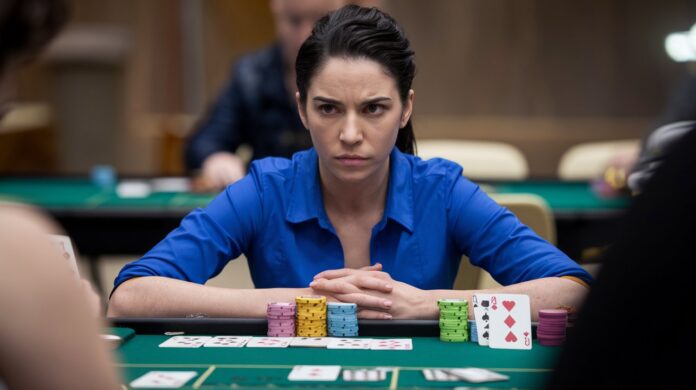Rummy is a game of skill, strategy, and a little bit of luck. It’s a game where you aim to form sets (three or more cards of the same rank) and runs (three or more consecutive cards of the same suit), and the faster you complete these combinations, the sooner you win. However, there’s another often-overlooked skill that separates good players from great ones: card counting.
In Rummy, card counting can provide you with a significant advantage, allowing you to make more informed decisions, anticipate your opponents’ moves, and optimize your own strategy. This guide will dive deep into the importance of card counting in Rummy, how to count cards effectively, and how this skill can increase your chances of winning.
What Is Card Counting in Rummy?

Card counting in Rummy refers to the mental process of keeping track of the cards that have been played, either by you or by your opponents. It’s a strategic technique that helps you understand which cards remain in the deck, which cards are likely to be drawn next, and which cards your opponents are actively seeking or avoiding.
While card counting is most famously associated with games like Blackjack, it can be just as crucial in Rummy. In Rummy, being able to track the cards that have already been discarded or picked up helps you make smarter decisions, such as which cards to keep, which to discard, and when to go out or drop.
Why Is Card Counting Important in Rummy?
Card counting in Rummy offers several key advantages that can significantly impact your chances of winning. Below are the main reasons why mastering this skill is essential:
1. Improves Decision Making
Rummy is all about making quick and informed decisions. Whether you’re drawing cards from the deck or picking them from the discard pile, your ability to know which cards remain in play gives you the upper hand. When you know which cards have been discarded and which are still in the deck, you can make better decisions on which cards to keep and which to discard.
For example, if you are close to completing a run or a set, knowing which cards are still left in the deck allows you to avoid unnecessary risks. If you know that certain cards are no longer available, you can make a more calculated move instead of drawing cards blindly.
2. Helps Block Opponents
Card counting isn’t just about keeping track of your own hand. It’s also about observing your opponents’ moves and predicting their strategies. If you know what cards have already been discarded or picked up, you can anticipate which cards your opponents need to complete their sets or runs.
For example, if you notice that an opponent has picked up a card from the discard pile, you’ll know that they are trying to complete a sequence or set involving that card. By tracking the cards they’ve discarded and the ones they keep, you can actively block their progress by discarding cards that won’t be useful to them.
3. Reduces the Risk of Holding High-Value Cards
In Rummy, one of the main goals is to minimize the points left in your hand when the game ends. High-point cards, such as face cards (Jacks, Queens, Kings) and Aces, can significantly increase your score if you fail to meld them. By keeping track of which high-value cards have already been discarded, you can decide whether it’s worth holding onto them or if they should be discarded to minimize your risk.
If you know that a high-value card is unlikely to be drawn, you can discard it safely, reducing the chances of accumulating unnecessary points at the end of the game.
4. Helps Identify the Best Time to Go Out
Knowing when to go out—or end the game—is one of the most critical aspects of Rummy. The earlier you can complete your sets and runs, the fewer points you’ll have left in your hand. By counting cards, you can track how close you are to completing your hand, and when you know that you’re one or two cards away from going out, you can make quicker and more confident decisions to finish the game.
Similarly, card counting helps you identify when your opponents are close to going out. This allows you to make defensive plays or adjust your strategy accordingly. If you know they are waiting for a specific card, you can avoid discarding that card, potentially forcing them into a more difficult position.
How to Count Cards in Rummy

Card counting in Rummy doesn’t require complex mathematical formulas or advanced strategies. It’s more about mental observation and keeping track of the cards that are either in play or have already been discarded. Here are some practical steps you can take to improve your card counting skills:
1. Track the Discards
The most straightforward way to start counting cards is by focusing on the discard pile. Every time a card is discarded, mentally note whether it could be useful to you or your opponents. The more cards you track, the better idea you’ll have about what is still available in the deck and which cards are in play.
How to Track Discards:
- As your opponents discard cards, pay attention to what they are discarding. Are they discarding face cards? Are they discarding cards of a certain suit or rank? These observations help you predict their hand and adjust your strategy accordingly.
- Keep track of which suits are being discarded more frequently. For example, if everyone is discarding spades, you might want to avoid relying on that suit for completing your run.
2. Keep Track of Your Own Cards
While it’s important to track your opponents’ discards, don’t forget to keep track of your own cards as well. You need to know which cards you still need to complete your sets or runs. By doing so, you can avoid drawing unnecessary cards or discarding cards that could be useful later.
How to Track Your Own Cards:
- Organize Your Cards: Group your cards into suits and ranks. This makes it easier to spot patterns and missing cards.
- Note Which Cards Are Left to Complete Your Runs: If you are working on a run, keep track of the missing card that would complete your sequence.
- Avoid Holding Too Many High-Value Cards: Keep an eye on the high-value cards in your hand. If they’re not part of a set or run, consider discarding them early to avoid accumulating points.
3. Observe the Draw Pile
While most players focus on the discard pile, you should also observe the draw pile. It’s important to know when the stock is getting low, as this will give you an indication of how many turns are left to complete your hand. When the draw pile is nearing its end, you’ll want to increase the pressure on your opponents by speeding up your game and avoiding unnecessary risks.
Advanced Card Counting Techniques

Once you’ve mastered the basic principles of card counting, you can begin to explore more advanced techniques to further refine your strategy. These techniques require greater mental focus and practice, but they can give you an added advantage in competitive games.
1. Counting Specific Cards
As you become more comfortable with card counting, you can start focusing on specific cards that are crucial to your hand. For example, if you’re waiting for a 3♠ to complete your run, keep track of how many 3s have already been discarded. This helps you assess the probability of drawing the card you need.
2. Track the Jokers and Wild Cards
In Rummy variants where Jokers or wild cards are used, these can have a huge impact on your strategy. By keeping track of how many Jokers have been played or discarded, you can adjust your hand to use the Joker effectively or avoid getting stuck with an incomplete hand if a Joker is no longer available.
3. Keep Mental Notes of Your Opponents’ Strategies
Advanced players go beyond counting cards—they also track patterns in their opponents’ play. For example, if you notice that one opponent frequently discards a specific suit, it could indicate that they are building a run with that suit. By noting these patterns, you can predict which cards your opponents are likely to need or discard, allowing you to make more informed decisions.
The Psychological Edge of Card Counting
Card counting in Rummy also provides a psychological edge over your opponents. By maintaining a mental tally of the cards in play, you show your opponents that you are a focused and strategic player who doesn’t rely solely on luck.
1. Confidence in Your Decisions
When you know which cards are still available and which ones are off the table, you’ll have more confidence in your decisions. Whether you’re deciding whether to draw a card or pick up from the discard pile, your choices will be based on a solid understanding of the game’s dynamics.
2. Create Uncertainty for Your Opponents
If your opponents realize you are counting cards, they may start to second-guess their own strategy. This can create uncertainty and force them into making mistakes. When you’re mentally tracking the game, your opponents may feel the pressure, making them more likely to discard cards that help you complete your hand.
Conclusion: Mastering Card Counting for Success in Rummy
Card counting in Rummy is more than just a technique—it’s a strategic tool that allows you to make more informed decisions and outmaneuver your opponents. By keeping track of the cards that have been discarded, observing your opponents’ patterns, and strategically drawing or discarding cards, you’ll elevate your game and significantly increase your chances of winning.
Remember, card counting is a skill that improves with practice. Start by mastering the basics of card counting, then move on to more advanced techniques as you gain experience. Whether you’re playing online Rummy or in-person with friends and family, knowing how to count cards can give you the edge you need to succeed.
So, the next time you sit down to play Rummy, keep an eye on the discard pile, track the cards in play, and use your mental tally to make smarter decisions. With practice, you’ll be counting cards like a pro and taking your Rummy skills to the next level!

Zareb Saleh is a journalist at Gulf Today and a ghostwriter for Gameoholic, specializing in gaming, technology, and digital culture. With a keen eye for industry trends, he delivers insightful stories that engage and inform readers.




